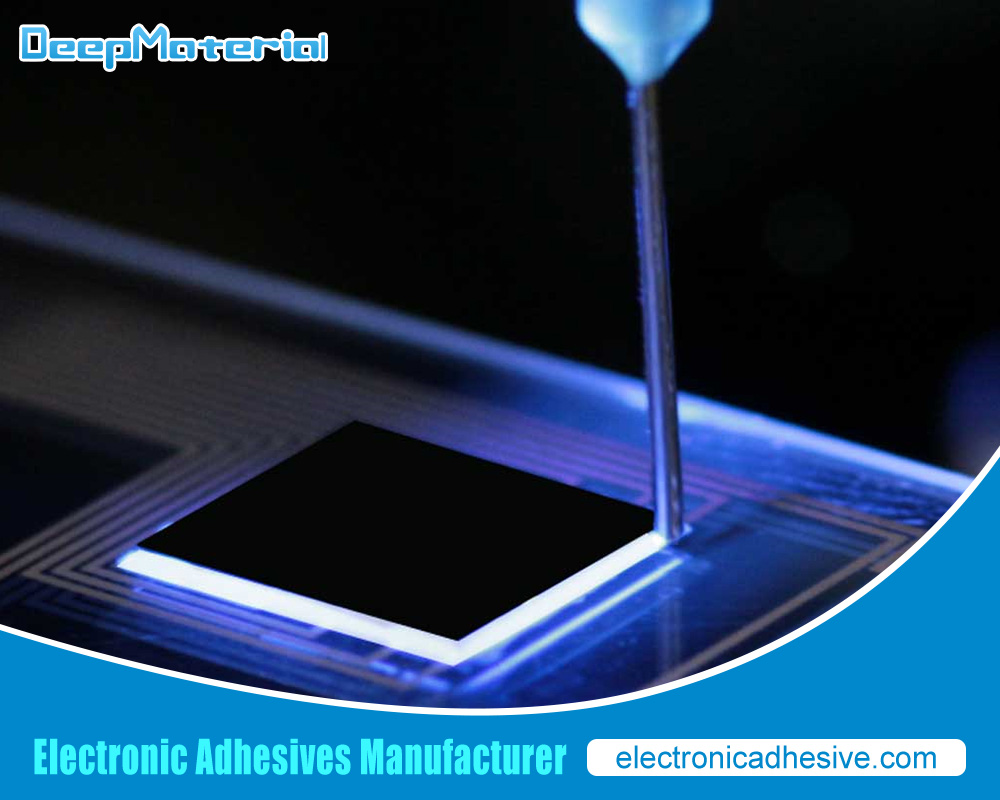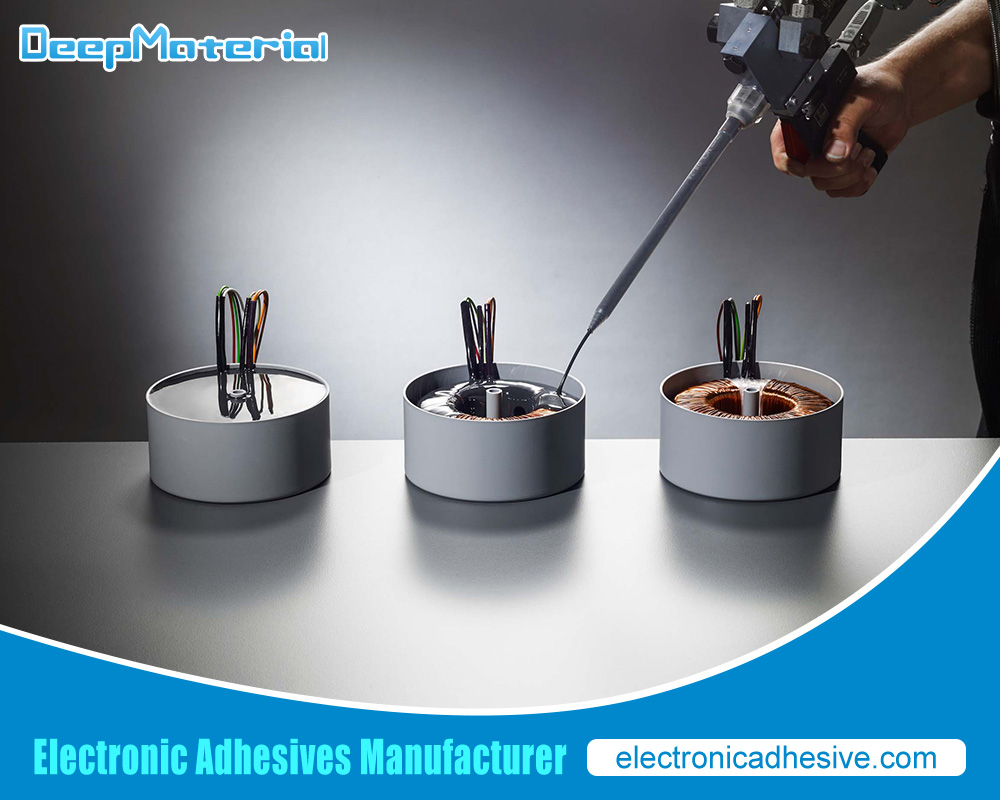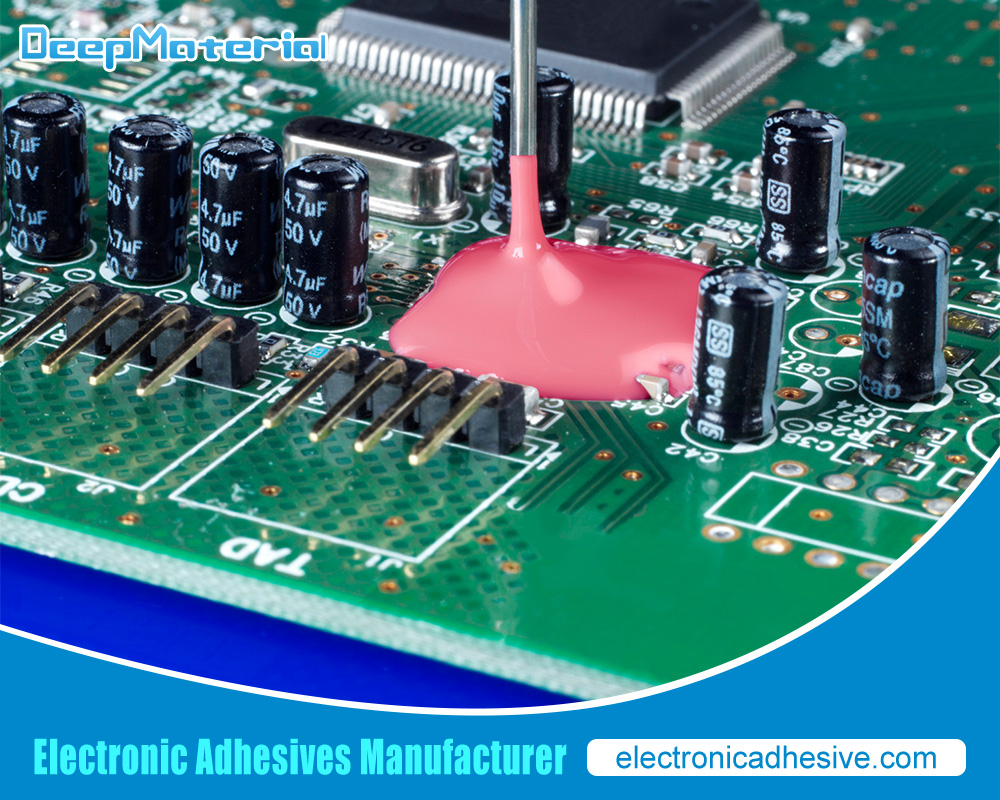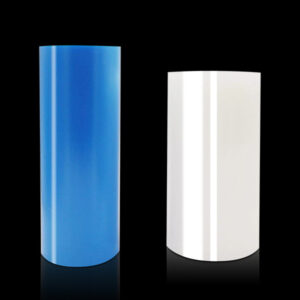Can Epoxy Powder Coating For Electrical Insulation Be Removed Or Reversed If Needed?
Can Epoxy Powder Coating For Electrical Insulation Be Removed Or Reversed If Needed?
Epoxy powder coating is no ordinary coverage – it’s one of the most trusted kinds of electrical insulation. This dry stuff works great, sticking onto the surface of electric parts after you cure it and forming a protective layer full of insulation properties. Plus, it won’t break down with chemicals or moisture, so you always get top-notch protection from corrosion. No wonder this incredible gem is in high demand across electronics, automotive, and aerospace industries!
Obviously, there are plenty of perks to using epoxy powder coating for insulating your electrical components, on top of its superb ability to keep things running safely and soundly by preventing any pesky leakage or short circuits. But other bonuses make powder coating a winner, too, like a fantastic adhesion swap between all kinds of substrates, including metals, plastics, and ceramics, plus toughness that can last even in harsh environments – now that makes perfect sense for your projects every time.

Understanding the need for removal or reversal of epoxy powder coating
It’s no secret that epoxy powder coating often becomes worn out over time, eventually demanding repair or replacement. But sometimes, you need to switch things up a bit – strip away the existing varnish so you can mod or upgrade your electrical component.
But here comes a real curveball – take off the finish wrong, and it could mean trouble for whatever’s under there, and who knows what kind of damage it might do? We’re talking about hazardous materials and proper waste disposal. Do you see where we’re going with this? Taking care when reversing this stuff may be a little glamorous, but if you want to make sure your electrical components stay in tip-top shape, then please trust us on this one!
Techniques for removing epoxy powder coating from electrical components
There are a few convenient options when it comes to taking the epoxy powder coating off electrical components. You can douse them in chemicals, strip or grind them down, or use heat – all just different ways of getting rid of the pesky coating.
The chemical approach is like a magic potion with its solvents, acids and alkaline solutions doing their thing to dissolve or soften the stuff so you can get rid of it more easily. Go for mechanical methods if time permits, with blasts of air or water-carrying abrasive particles offering up assistance in your rough-and-tumble battles against stubborn outer layers. Then there’s grinding and sanding if you don’t mind spending some elbow grease on those tough jobs.
Lastly (in case anything else fails), thermal methods will help you blast away the excess with hot air here and infrared radiation there – making sure that burn-off ovens stay at high temps long enough to incinerate everything in sight – leaving an easy clean-up right after thanks to leftovers turning into dust.
Chemical methods for removing epoxy powder coating
Dealing with epoxy powder coating on electrical components? Got to remove it, huh? Well, the go-to methods are usually chemical – solvent-based ones if the coatings are thinner and delicate stuff is involved. Acetone or methylene chloride is excellent for that when applied and allowed to penetrate in order to dissolve them. Then scraping or wiping off is just a piece of cake!
But thicker coatings or tougher substrates require acid-based solutions like sulfuric acid or hydrochloric acid – they’ll really break down those annoying epoxies. Scrape away what’s left when done with the process. And if dealing with sensitive surfaces, alkaline agents are your best options: sodium hydroxide or potassium hydroxide will soften them up before you send them right off by scraping them again or rinsing them with water. All set now.
Mechanical methods for removing epoxy powder coating
Mechanical removal is a solid option when it comes to getting rid of powder coatings on electrical parts. Abrasive blasting – think high-pressure air or water particles pushing abrasives onto the surface – is generally employed and really helpful if you’re facing thick coverings or glue that won’t budge.
However, sometimes all it takes is some good old sanding and grinding – with maybe a bit of sandpaper involved, depending on how small the area in question – to get into more fine details while still achieving optimal results.
Thermal methods for removing epoxy powder coating
Heat-stripping and burn-off ovens – two thermal methods that use heat to dissolve epoxy powder primer from electrical components. For the former, hot air or infrared radiation warms up the coating to soften it enough for scraping or wiping off the top layer.
As for the latter, high temperatures in an oven cause the finish to turn up in flames but ultimately leave a residue that is easy as pie to rub off afterward.
Safety precautions while removing epoxy powder coating
When you’re stripping away that epoxy powder coating from electrical components, safety is critical. Make sure to wear eye-protecting goggles, breathable respirators, and snug gloves for the ultimate protection against inhaling any chemical fumes or abrasive particles. To keep everyone around safe as well, proper ventilation of all fumes and dust during removal can’t be overlooked – it’s essential!
And though the process can get tedious, following local regulations for storing and transporting paint products as well as properly disposing of waste materials is something we should all take seriously. After all – why risk harm when prevention saves more time in the long run?
Reversing the effects of epoxy powder coating on electrical components
Sometimes, it’s necessary to undo whatever epoxy powder coating did to electrical components so that they can be brought back up and running: restoring conductivity is key. The surface must be cleaned first – oily or sticky residue won’t do; this requires either solvents or an abrasive material like sandpaper.
Beyond that, if something got broken due to the removal of the epoxy powder coating, then parts may need replacing or repairing as needed.

Conclusion and future scope for research in epoxy powder coating removal techniques
Wrapping up, we can see that epoxy powder coating is the bee’s knees in terms of electrical insulation due to its top-notch protection characteristics and resistance to anything mother nature throws at it. But, if you find yourself needing to reverse or remove the coating for whatever reason, make sure you use established removal practices such as chemical processing, mechanical means or heating it so that everything goes smoothly and safely.
The future of epoxy powder coat removal still needs further investigation. Think about exploring new chemical combinations and methods so that they’re more efficient yet planet-friendly, too! Plus, investigate what other materials out there hold similar insulation capabilities with easier reversals than epoxy. Something we all should keep an eye on.
For more about choosing the Top Epoxy Powder Coating For Electrical Insulation, you can pay a visit to DeepMaterial at https://www.electronicadhesive.com/ for more info.











